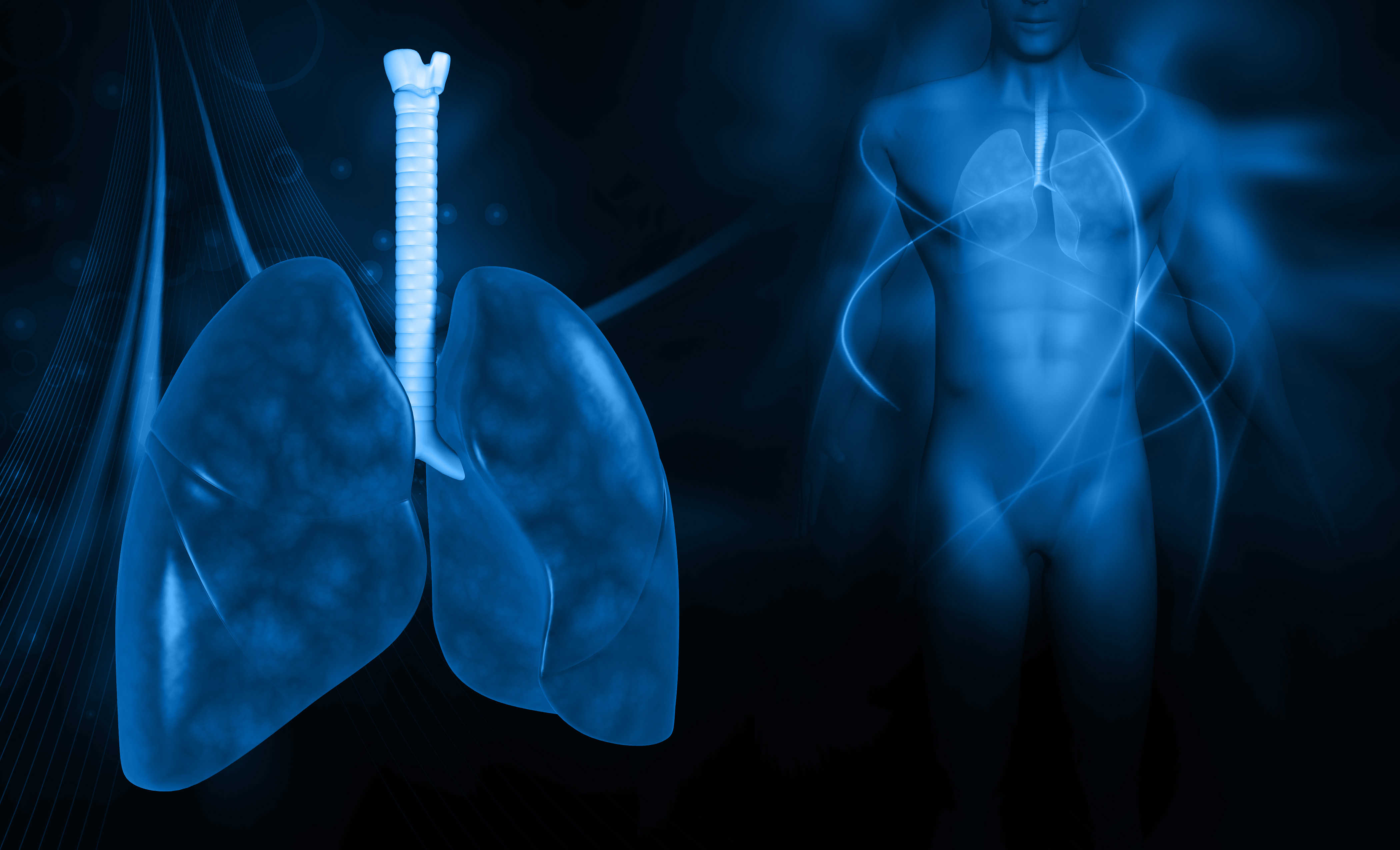Article Review: Phenotypes and personalised medicine in ARDS

Understanding the heterogeneity of ARDS to achieve a more personalised therapy approach
Some therapies have been successful in randomised controlled trials in the broad spectrum of ARDS, i.e. lung-protective ventilation and conservative fluid management; however, many trials have been unsuccessful in the past. An explanation for this lack in positive trials might be the heterogeneity of the syndrome. In this review, Matthay et al. describe several factors that contribute to the heterogeneity of ARDS to identify phenotypes so future trials may increase the likelihood for successful therapies.
Clinical categories
A wide-ranging variety of clinical disorders can lead to the development of ARDS. Sepsis accounts for the majority of cases. Categorising these clinical disorders is not only crucial for their management but also prognosis.
Physiologic categories
The degree of physiologic lung injury is graded by hypoxemia but is profoundly influenced by ventilator settings. Whether other physiological markers are useful to guide therapies is not well explored but has been promoted for consideration.
The current ARDS definition is inadequate for children, and a separate paediatric ARDS consensus exists.
Chest radiography
Two subgroups are recognised based on radiography, focal and non-focal, which appears to have distinct lung physiology. Lungs with non-focal infiltrates are significantly more recruitable. The LIVE trial could not prove a survival benefit for a personalised ventilation approach based on lung morphology; however, many patients were misclassified, and these misclassified patients had higher mortality in the personalised group. Misalignment of morphology and subsequent mode ventilation may be detrimental.
The Radiographic Assessment of Lung Edema (RALE) score can assess the degree of lung oedema; nevertheless, its relation to diffuse vs. focal ARDS and implications for personalising treatment remains unknown.
Biomarkers
A promising biomarker is alveolar type III procollagen peptide (PCP-III) related to lung fibroproliferation and outcome. Whether this biomarker can be used to guide intervention needs to be elucidated.
In COVID-19, several serum biomarkers (i.e. ferritin, CRP, and D-dimer) have been associated with outcome, although it is uncertain if these biomarkers are merely disease indicators or can be used mechanistically.
Hypo- and hyperinflammatory phenotypes of ARDS have been identified. They show distinct clinical and biological features and clinical outcomes. A secondary analysis of a RCT comparing simvastatin versus placebo showed that the hyperinflammatory phenotype had a survival benefit.
Quantifying biomarkers at the bedside can be challenging, although a recently novel point-of-care assay is promising.
Gene expression
Genomic material from leucocytes can be used to obtain a snapshot of the immune response and covers a more wide-ranging analysis than a limited quantity of proteins. However, ARDS does not develop in segregation and can reflect systemic host response.
Microbiology
A diverse number of pathogens can initiate ARDS, including bacteria, viruses, fungi and parasites. Diagnosing the specific pathogen is an inevitability in precision medicine. Sensitivity for traditional cultures is low (30-50%). However, invasive respiratory sampling, i.e. bronchoalveolar lavage (BAL), did not prove an outcome benefit in ventilator-associated pneumonia (VAP) compared to noninvasive sampling. PCR testing is becoming more available for more pathogens and has a higher sensitivity than traditional cultures. Due to PCR testing, viral pathogens are more identified in ARDS but may not always have causation with ARDS. In the last two decades, viral pathogens causing ARDS have caused four pandemics of one still ongoing.
Timing of interventions
Since effective treatment is lacking for ARDS once established, except for dexamethasone for COVID-19, ARDS management is also incorporated for patients at risk for developing ARDS. Whereas specific interventions have lacked evidence, i.e. aspirin or vitamin D in patients with risk factors, other interventions have shown benefit, such as high-flow nasal oxygen in early acute lung injury. Since the phenotype of ARDS evolves rapidly (hours to days), the timing of the intervention, i.e. before positive pressure ventilation or once ARDS is established, is paramount.
Conclusion
This review discusses several variables contributing to the heterogeneity of ARDS. A comprehensive understanding of these factors’ interactions to define subphenotypes is needed to achieve a more personalised ARDS therapy approach.
STUDY STRENGTHS & LIMITATIONS
Strengths:
A comprehensive review highlighting an important topic for future clinical trials in ARDS
Limitations:
Some of the variables discussed are complicated and require further reading for a better understanding.
TAKE HOME MESSAGE
ARDS is a heterogeneous syndrome, and sub-defining the syndrome could lead to a more personalised approach for therapies in ARDS.
This article review was prepared and submitted by Dr Anna Hall, Guy’s & St. Thomas’ NHS Foundation Trust, on behalf of the ESICM Journal Review Club
REFERENCE
Matthay M.A. et al. ~ Phenotypes and personalized medicine in the acute respiratory distress syndrome. Intensive Care Med. 2020 Dec;46(12):2136-2152.